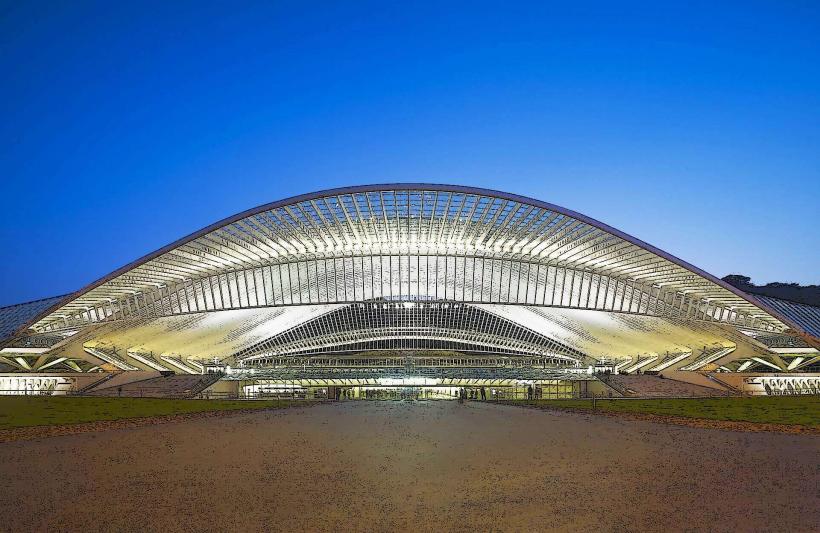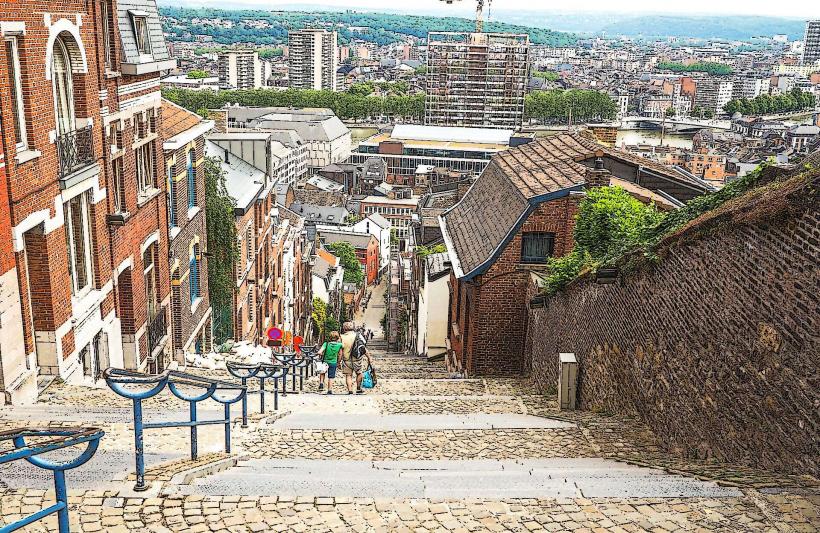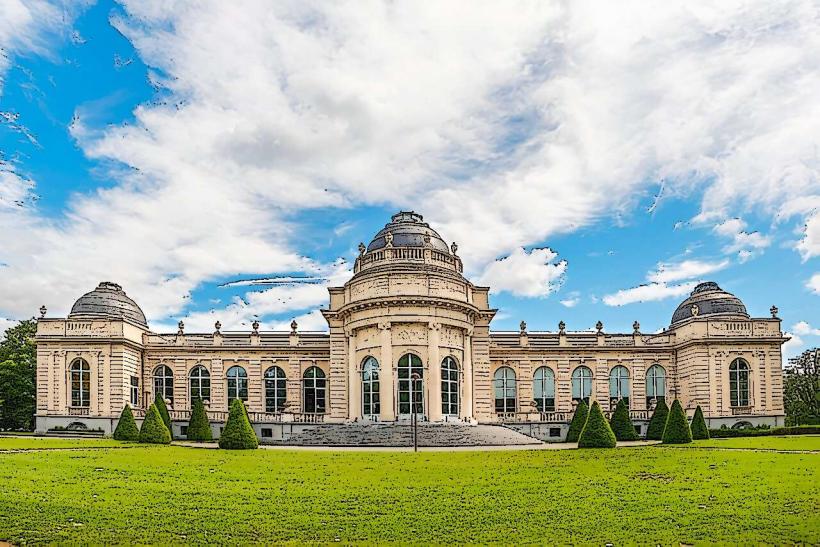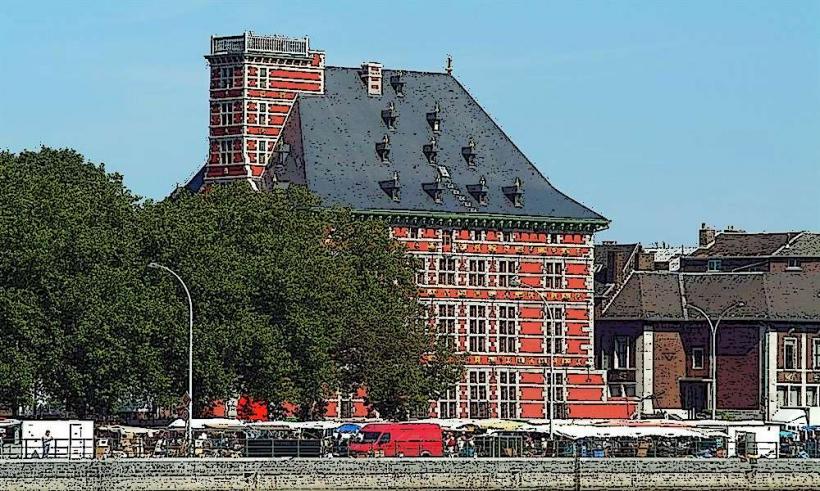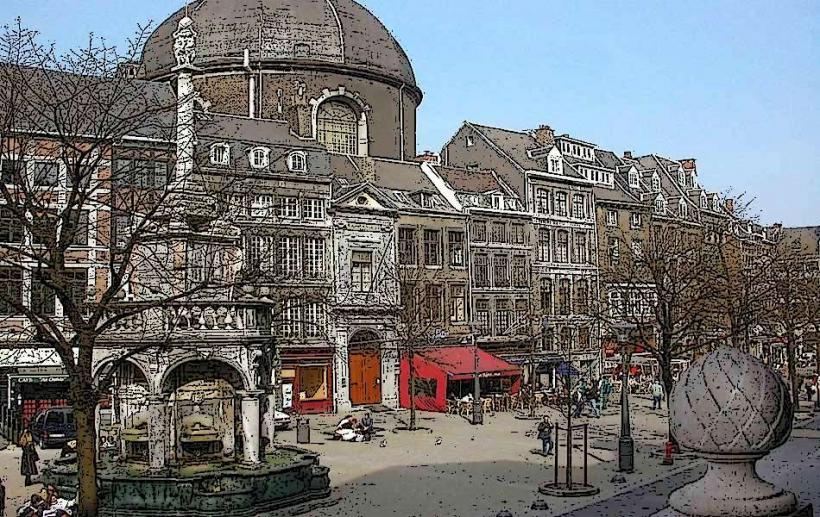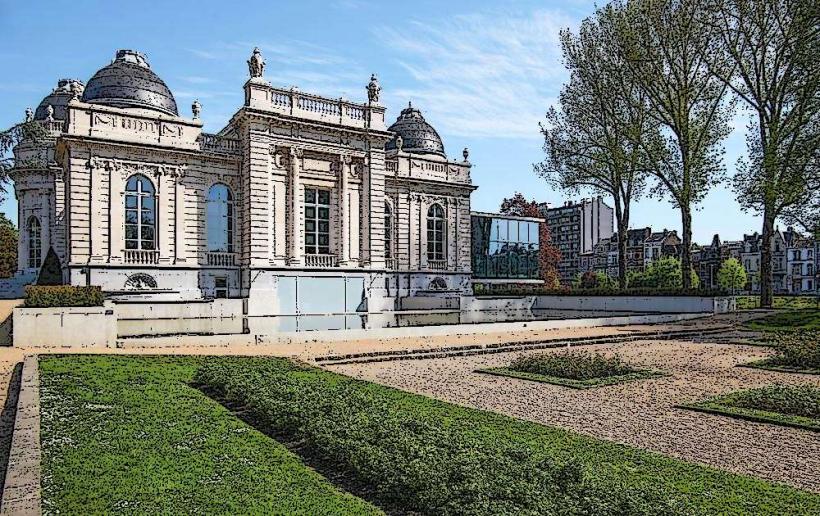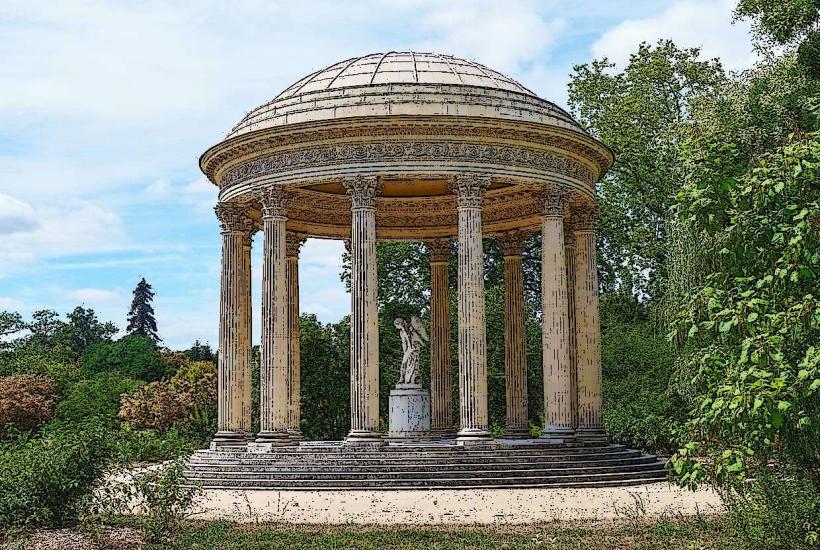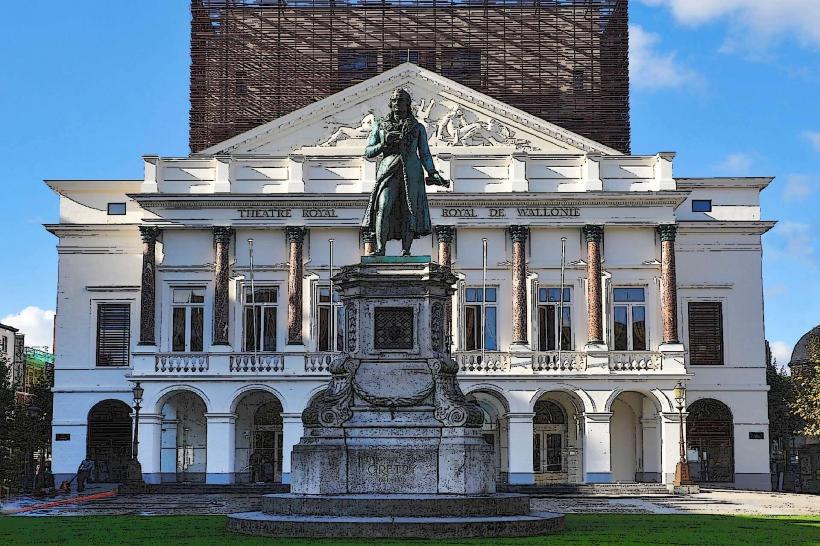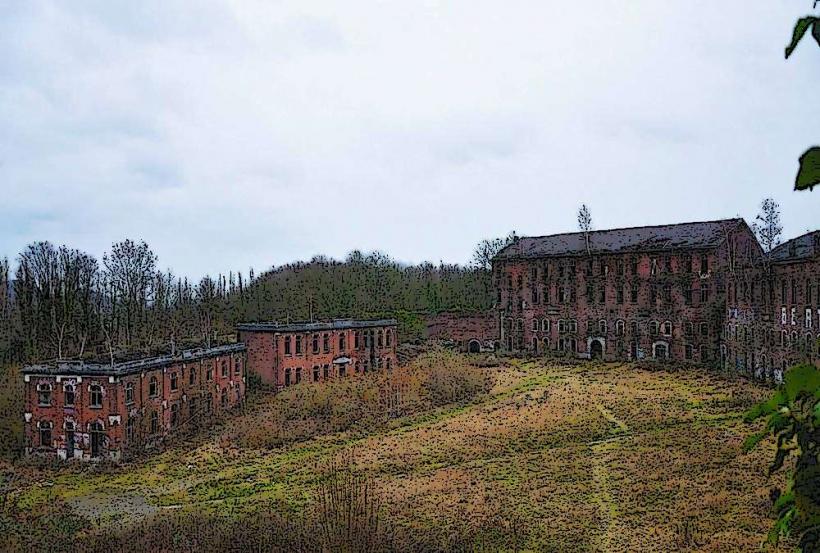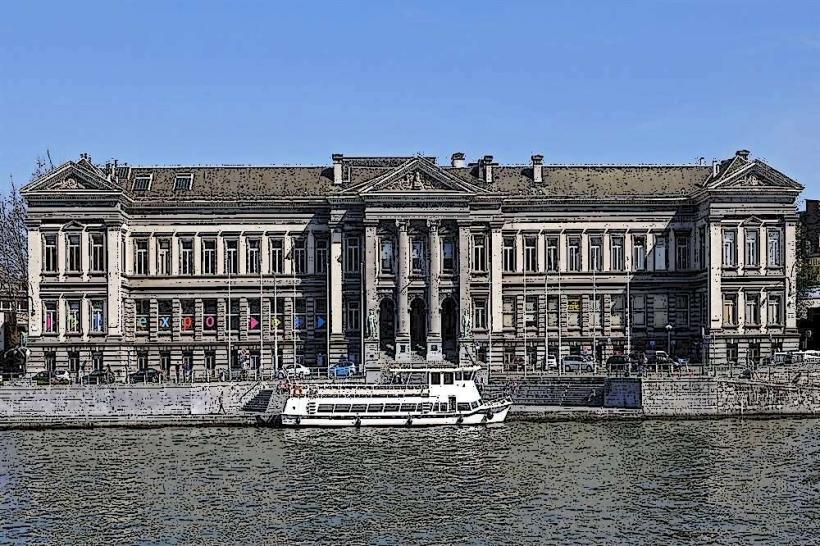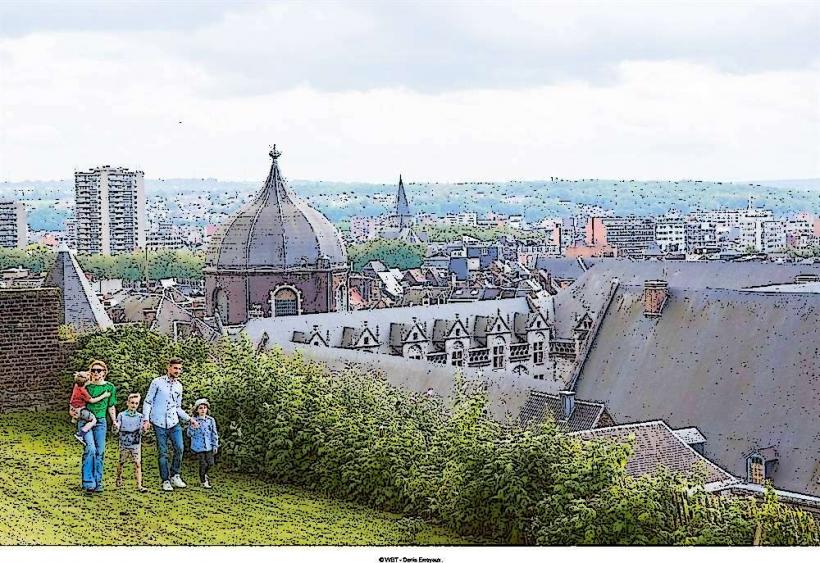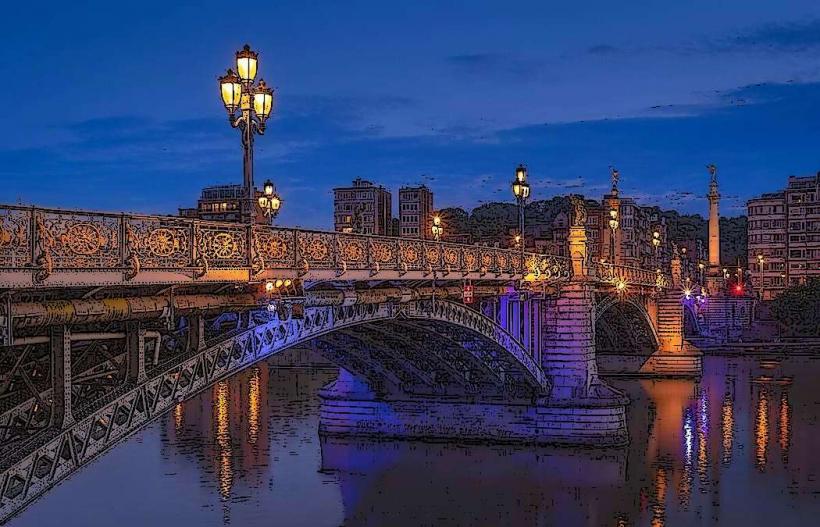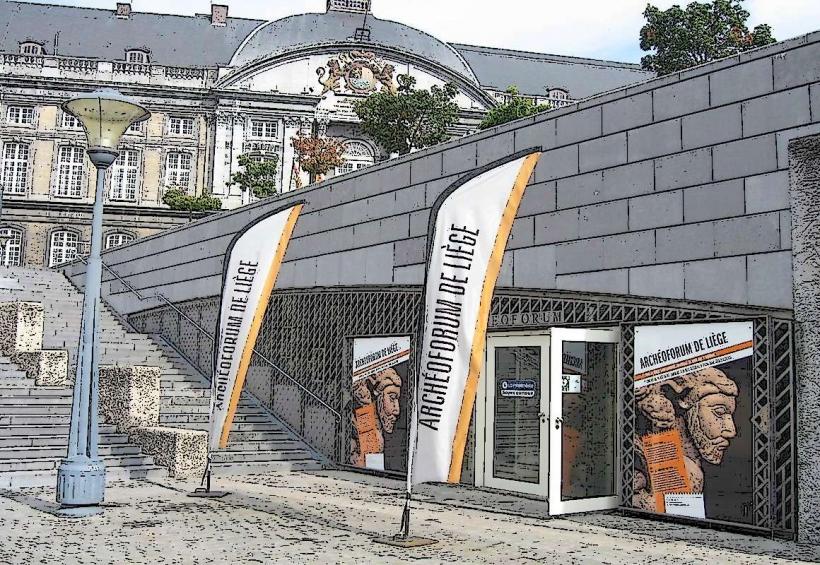Information
Landmark: Saint Paul's CathedralCity: Liege
Country: Belgium
Continent: Europe
Saint Paul’s Cathedral in Liège, Belgium, is an important religious and architectural landmark in the city. Its full name is Saint Paul’s Cathedral of Liège (Cathédrale Saint-Paul de Liège), and it holds historical, cultural, and artistic significance in the region. The cathedral’s grand architecture, rich history, and central role in the spiritual life of the city make it a must-see when visiting Liège.
History and Origins
Early Beginnings: The origins of Saint Paul’s Cathedral can be traced back to the 7th century when it was initially founded as a bishopric church. Over time, it has undergone various modifications and renovations, evolving into the grand structure that stands today.
Construction and Development: The current cathedral was built on the site of several earlier churches. The building process began in the 13th century, with the construction of the church taking place between the 13th and 16th centuries. The cathedral was intended to replace earlier, smaller churches that had become inadequate for the growing population and religious significance of the city.
Consecration: Saint Paul’s Cathedral was consecrated in the 16th century, during which time it became the main church of the Diocese of Liège. It became a central place of worship, administration, and religious life, solidifying its position as one of the key spiritual centers in the region.
Architectural Design
Saint Paul’s Cathedral is an example of Gothic architecture, with certain elements that have been influenced by Renaissance and Baroque styles. The cathedral’s design incorporates both traditional ecclesiastical elements and innovative features, making it a notable example of religious architecture in Belgium.
Exterior: The cathedral's exterior features the traditional verticality and pointed arches typical of Gothic architecture. The most striking feature of the exterior is its impressive facade, which is adorned with sculptural details, including biblical scenes and religious figures. The twin towers of the cathedral rise above the city and can be seen from various points in Liège, offering a dramatic and imposing sight.
Interior: Inside, the cathedral is equally breathtaking. The interior space is vast, with tall, vaulted ceilings supported by slender columns that are characteristic of Gothic cathedrals. The nave is spacious, leading up to the main altar, while the aisles are lined with stained-glass windows depicting scenes from the Bible. The light that filters through these windows creates a mesmerizing effect inside the cathedral, enhancing its spiritual ambiance.
Chapel and Altars: The cathedral features several chapels along the side aisles, each dedicated to different saints or religious figures. These chapels are richly decorated with religious art, altarpieces, and statues, contributing to the overall sacred atmosphere of the cathedral.
Bell Tower: One of the cathedral’s most iconic features is its bell tower, which is a key part of the cathedral’s silhouette. The tower is a dominant feature of the skyline and serves as a focal point for the entire structure.
Art and Decoration
The interior of Saint Paul’s Cathedral is renowned for its artistic and decorative elements, which include religious sculptures, paintings, and relics that illustrate its long history. Among the most notable works inside the cathedral are:
Stained Glass Windows: The cathedral has an impressive collection of stained-glass windows, which are considered some of the finest in Belgium. These windows feature scenes from the Old Testament, the New Testament, and various episodes of the life of Christ. They not only add to the cathedral's beauty but also serve an educational and spiritual purpose, conveying biblical stories to worshippers.
Altarpieces: The altarpieces inside the cathedral are significant works of religious art. They include detailed depictions of biblical stories, often painted in the traditional style of Flemish and Belgian artists. The main altar, located at the front of the cathedral, is particularly impressive, with its ornate design and intricate carvings.
Sculptures: Throughout the cathedral, there are various sculptural works depicting scenes from the life of Christ and important religious figures. Some of the most impressive sculptures are found in the choir area and chapels, where they serve both as artistic decorations and objects of devotion.
Role in the Community
Religious Importance: Saint Paul’s Cathedral has long served as the spiritual heart of Liège. As the seat of the bishop, it plays a central role in the religious life of the city and the broader region. The cathedral hosts regular masses, religious ceremonies, and special services for important holidays such as Easter and Christmas.
Cultural and Community Hub: Beyond its religious functions, the cathedral also plays a role in the cultural and social life of Liège. It hosts various cultural events, including concerts, lectures, and art exhibitions. The cathedral's space is often used for public events and gatherings, which further reinforces its place as a central landmark in the city.
Renovation and Preservation
Over the centuries, Saint Paul’s Cathedral has undergone various phases of renovation and preservation to maintain its structural integrity and preserve its artistic heritage. These efforts are ongoing, and the cathedral is regularly restored to ensure that it remains a safe and welcoming place for worshippers and visitors.
Visitor Experience
Access: The cathedral is open to visitors, and entry is generally free, though donations are encouraged to support the ongoing preservation work. Guided tours are available for those who wish to learn more about the history, architecture, and significance of the cathedral.
Atmosphere: Visitors often describe the atmosphere inside the cathedral as peaceful and contemplative. Whether you are a religious visitor or an art lover, Saint Paul’s Cathedral offers a serene environment for reflection and awe.
Events: Throughout the year, the cathedral hosts various religious events, concerts, and special liturgies, especially during key Christian festivals. These events add a dynamic element to the cathedral, making it not only a historical site but also an active place of worship and cultural expression.
Nearby Attractions
Liège’s Old Town: Saint Paul’s Cathedral is located in the heart of Liège, close to many other historic sites and landmarks, including the Liège-Guillemins Railway Station, Montagne de Bueren, and Place du Marché. Visitors can easily explore the surrounding streets, which are lined with beautiful historic buildings, shops, cafes, and restaurants.
The Meuse River: The cathedral is also close to the Meuse River, which flows through Liège. Visitors can take a walk along the riverbanks or enjoy the scenic views of the city’s waterfront.
La Boverie Museum: Not far from the cathedral is the La Boverie Museum, where visitors can explore a rich collection of art in a stunning park setting, making it a perfect complement to a visit to Saint Paul’s Cathedral.
Conclusion
Saint Paul’s Cathedral is a monumental site in Liège, offering visitors an impressive glimpse into the region’s religious and artistic heritage. With its rich history, stunning architecture, and role as the spiritual center of the city, the cathedral remains an essential part of Liège’s cultural landscape. Whether for worship, art appreciation, or simply admiring its grandeur, Saint Paul’s Cathedral is a must-see for anyone visiting the city.

